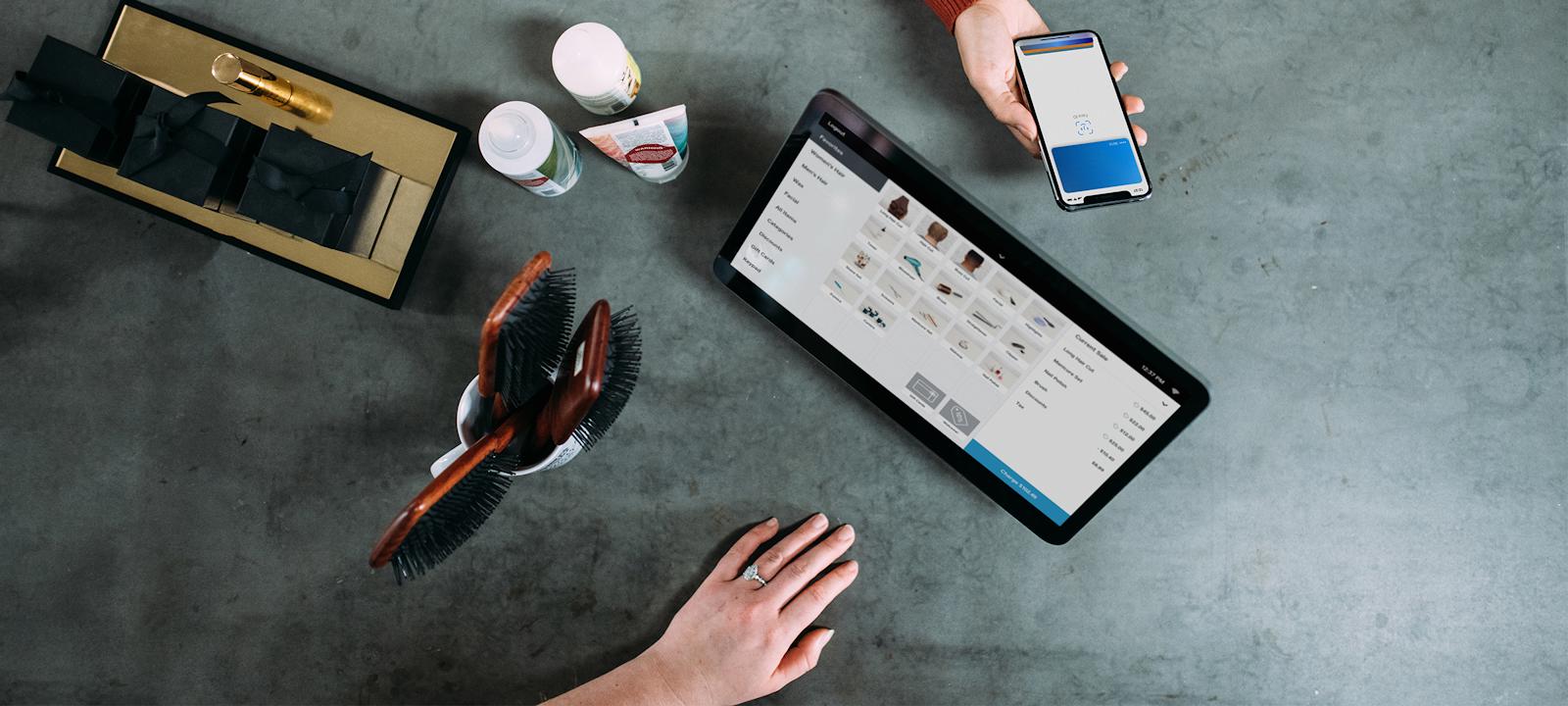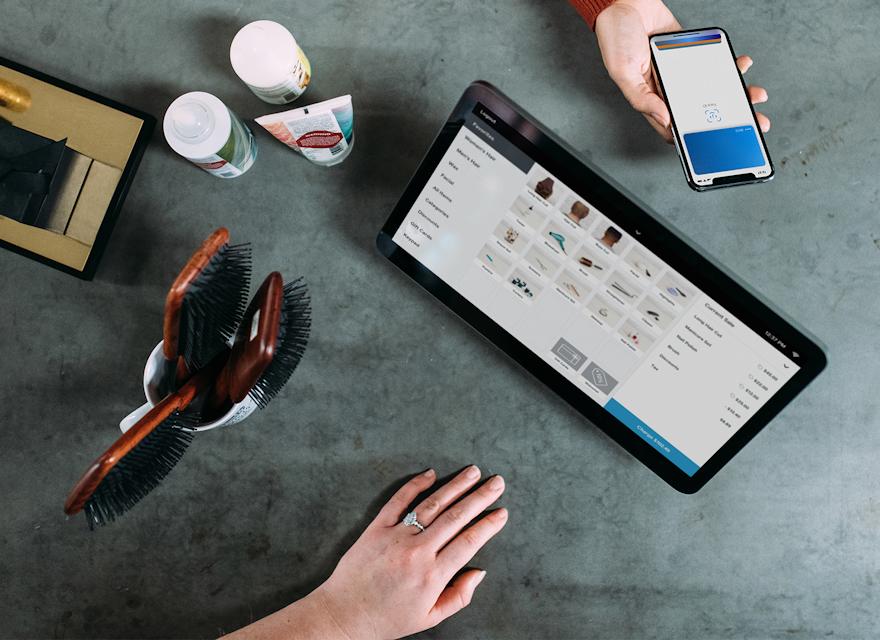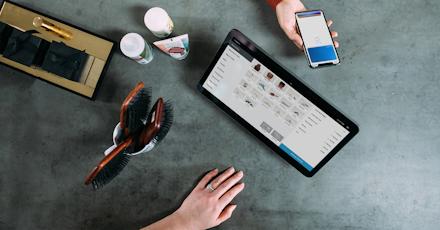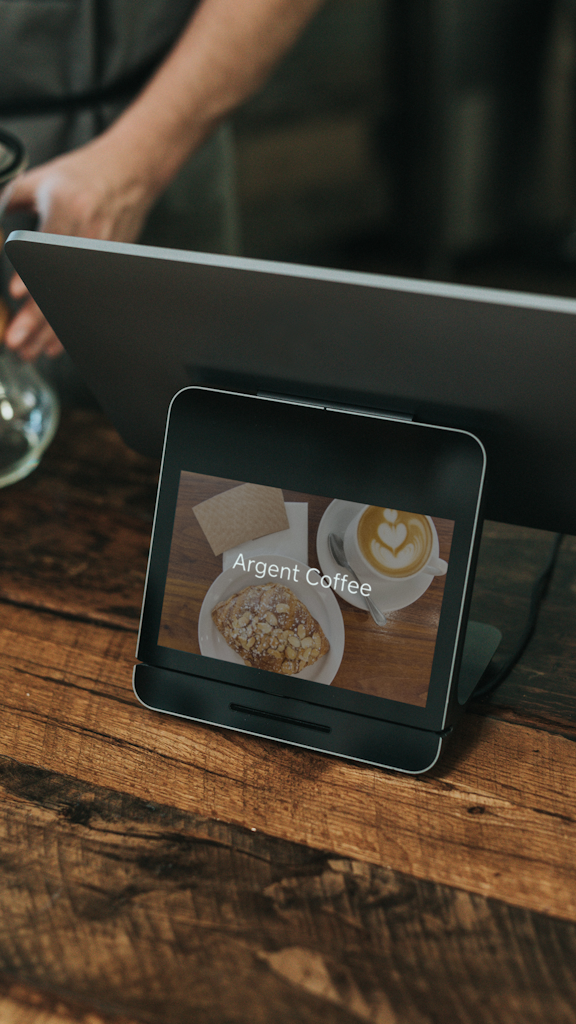"Business used to be easy" said Allison Simpkins, SVP Valtech NA in her closing Keynote at Sitecore Experience 2019.
Once upon a time, retailers determined what consumers could buy, where, when, how and of course for how much. They called the shots. They pushed retail to consumers. Now it’s shoppers who call the shots. Pulling from retailers what they need and demanding to navigate effortlessly through what retailers once called ‘Channels’ – touchpoints that included stores, catalogues, call centers and online commerce sites.
As businesses respond to the multitude of digital opportunities available to them, consumers face a deluge of new options as they neglect the highstreets and head online. Whilst consumers are often driven by price, they are also strongly impacted by emotion, experience and by a brand connection that pulls strongly to one seller over another. So how can brands survive and how should they respond to this new connected reality?
At Valtech, we call this expectation the Economy of Experience. Behavioural analysis (and personal experience) shows that shoppers move between online and physical touchpoints, often at the same time. They spend time researching, comparing and reviewing before making a decision. That means there are numerous instances where we can ‘lose’ that customer and that sale. At the same it, the marriage of online and offline touchpoints opens up numerous opportunities to strengthen the brand loyalty, reinforce the message, reinforce the experience, show how personalised and intuitive we can be. Each touchpoint generates more data, more insights and more branches of the customer journey.
This is where brand loyalty can come into question’ says Allison. ‘Companies must recognise this shift and be designed to operate as a single unit to focus on creating a universal customer experience. Retailers must banish channels for good and replace them with a customer-centric thinking that spans all digital and physical operations, woven into the fabric of the organisation.
Here’s an example; When Heineken were ‘threatened’ by the craft beer market, they knew had to pivot; so they came up with a strategy to partner with craft Beerwulf and give consumers a subscription service. Beerwulf wanted to combine the rapid growth and interest in special beers with the opportunities offered by e-commerce and therein lay the opportunity; seeing the potential, Heineken got behind the idea and, as the only investor, made a financial commitment to Beerwulf B.V. Within the first year 1.5 million craft beers had been sold.
As things move online, it might lead us to think that the bricks and mortar age is dead. But that’s just not the case. There is still a real and genuine need for the store – the challenge now is in making sure that the customer experience is seamless. We have to give them a reason to go there. As soon as they are in your 4 walls, you should know what they want, need and why they need it. Businesses must use all of the data available to them and use it in a way that drives the customer from browsing to buying.






